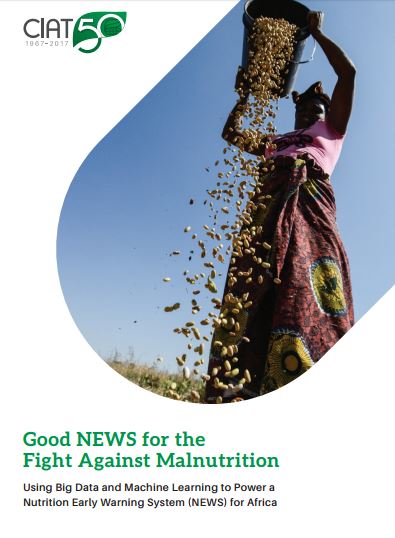Good NEWS for the Fight Against Malnutrition
Using Big Data and Machine Learning to Power a Nutrition Early Warning System (NEWS) for Africa
They often require complex and costly international responses and can produce a sense of hopelessness that this region is somehow fated to suffer an endless cycle of food-related disasters, leaving millions of people facing chronic malnutrition and death.
Yet it’s malnutrition and its consequences, not just bouts of extreme hunger and famine, that is the enduring problem.
Whether hidden or obvious, malnutrition is arguably Africa’s biggest impediment to sustained, equitable economic growth. While one in nine people in the world today is malnourished, in sub-Saharan Africa, that ratio is one in four. Malnourished children lag up to four years behind their peers in education achievement. In countries with persistently high levels of malnutrition, the economic costs can rise to 16.5 percent of GDP.
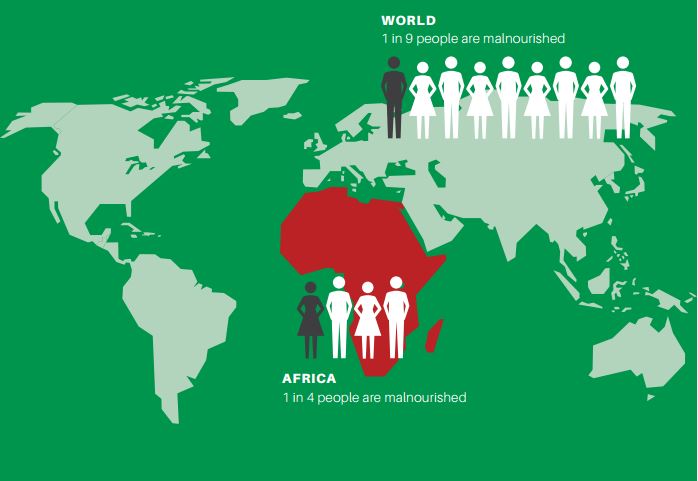
There is admirable work underway within national governments, international institutions, donors and NGOs to improve nutrition in sub-Saharan Africa.
But these efforts are often hampered by four key shortcomings:
- Responses are reactive, not proactive. Most resources and interventions are reactive; they focus on crisis response rather than preventing problems from progressing that far.
- Interventions are limited to the household and community level. Nutrition interventions typically focus on building household resilience within communities. There is less emphasis on building resilience within national and regional food systems.
- Decision-makers lack the data to combat malnutrition. There is no single, global system collecting, tracking and processing the many different indicators of malnutrition, which deprives decision-makers of critical insights that could drive more effective solutions.
- Signs of malnutrition may not become apparent until a food crisis erupts. It can be difficult to detect the subtle factors that inevitably produce food shortages and chronic malnutrition before conditions degrade and hunger sets in
Introducing the Nutritional Early Warning System—NEWS
Determined to address these weaknesses, CIAT is developing a new innovation in the fight for food and nutrition security called the Nutrition Early Warning System, or NEWS. It will focus initially on boosting nutrition in sub-Saharan Africa, but eventually NEWS will target vulnerable populations globally.
NEWS will take advantage of the latest advances in “machine learning” to create a powerful tool that can process a constant flow of data relevant to food and nutrition. The tool can then mine the data to provide two key outputs:
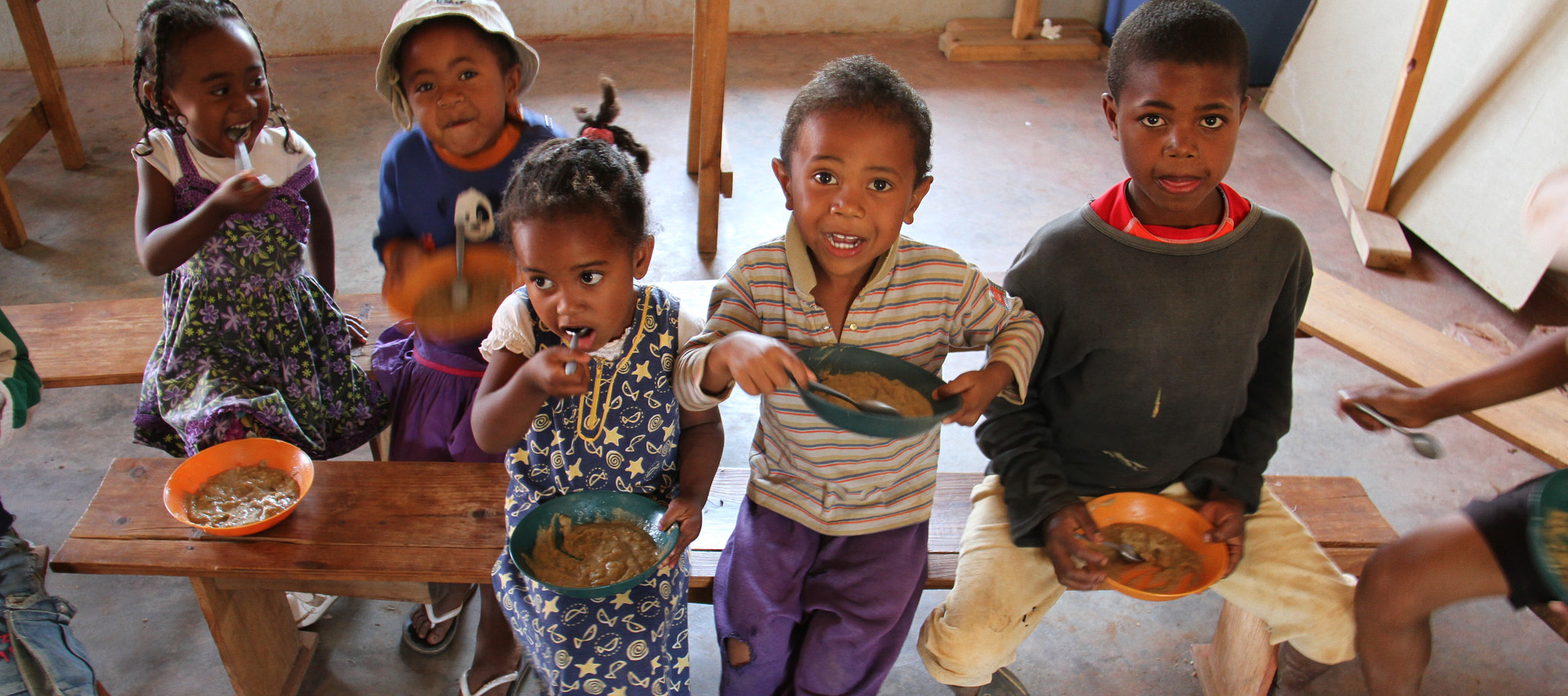
- An early warning system to alert decision-makers to nutrition threats well ahead of a crisis—and long before they would be apparent via conventional systems.
- Ongoing surveillance to provide multiple options for nutrition interventions and to build resilience within national and regional food systems. The interventions will be based on proven solutions and can incorporate current trends. They also can be designed to target specific national and regional challenges.
The machine-learning component will give NEWS the capacity to deploy algorithms that pick up an increasing ar ray of patterns and trends as more data is fed into the system. Thus, the more information NEWS processes, the smarter it gets.
Over time, its capacity to detect early signals of a brewing crisis, even amidst the noise of apparently disparate data sets, should improve dramatically. So should its capacity to make locally relevant recommendations that governments, donors, farmers, health care providers, NGOs, food companies and others can implement to maintain and improve nutrition standards.
Recommendations can be tailored to the needs of individual countries, through national “nutrition dashboards” that will further refine insights available via NEWS. The dashboard will be accessible as a secure website that will regularly monitor and post updates on key nutrition and food security indicators.
Risk assessments and early warnings in the country dashboard will be driven by signals from a specific set indicators relevant to each country. Recommendations for potential interventions also can be informed by country-specific data on different issues, like a country’s climate, budget, infrastructure, dietary preferences and agricultural systems.
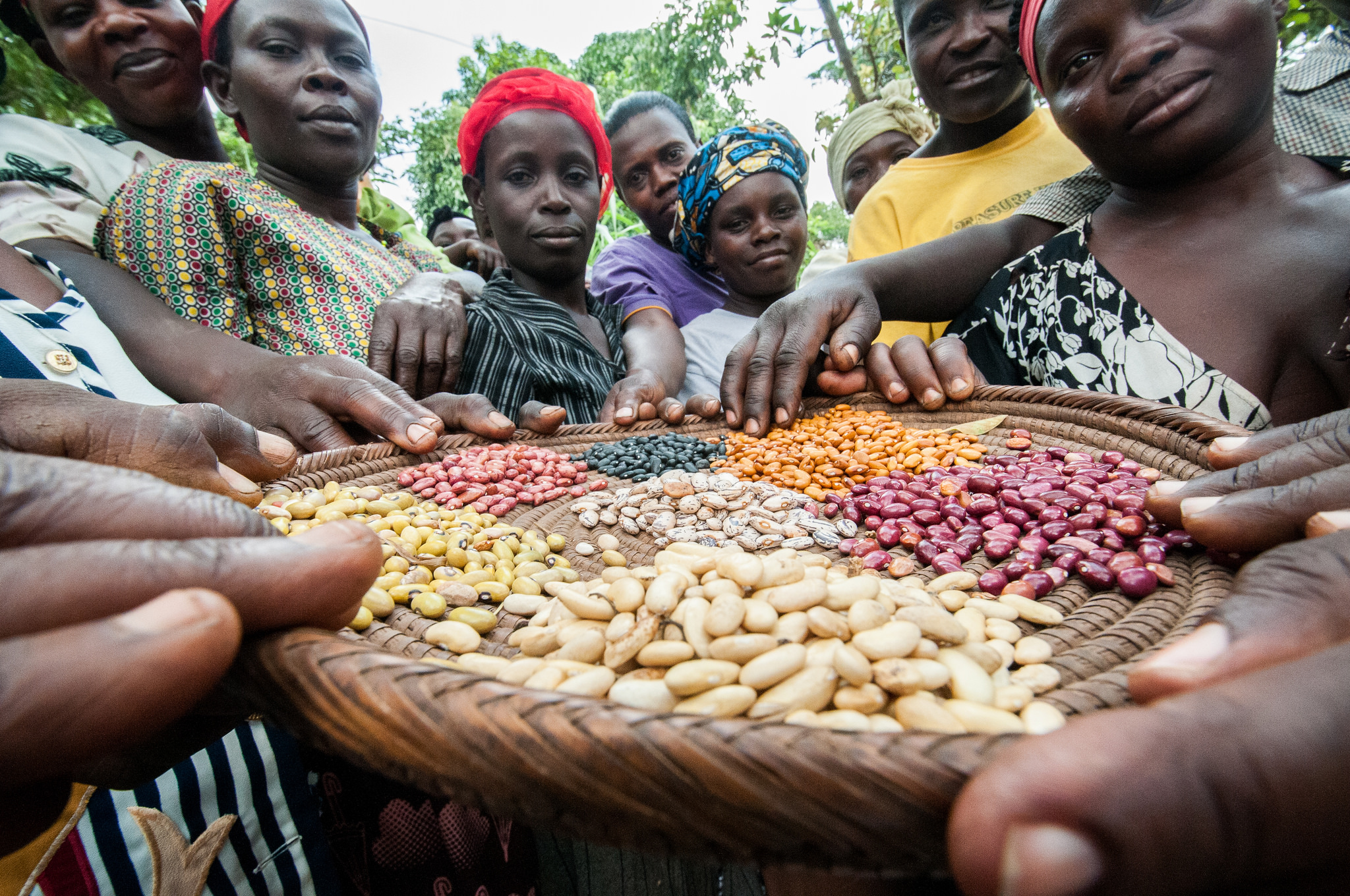

Why Machine Learning for Nutrition?

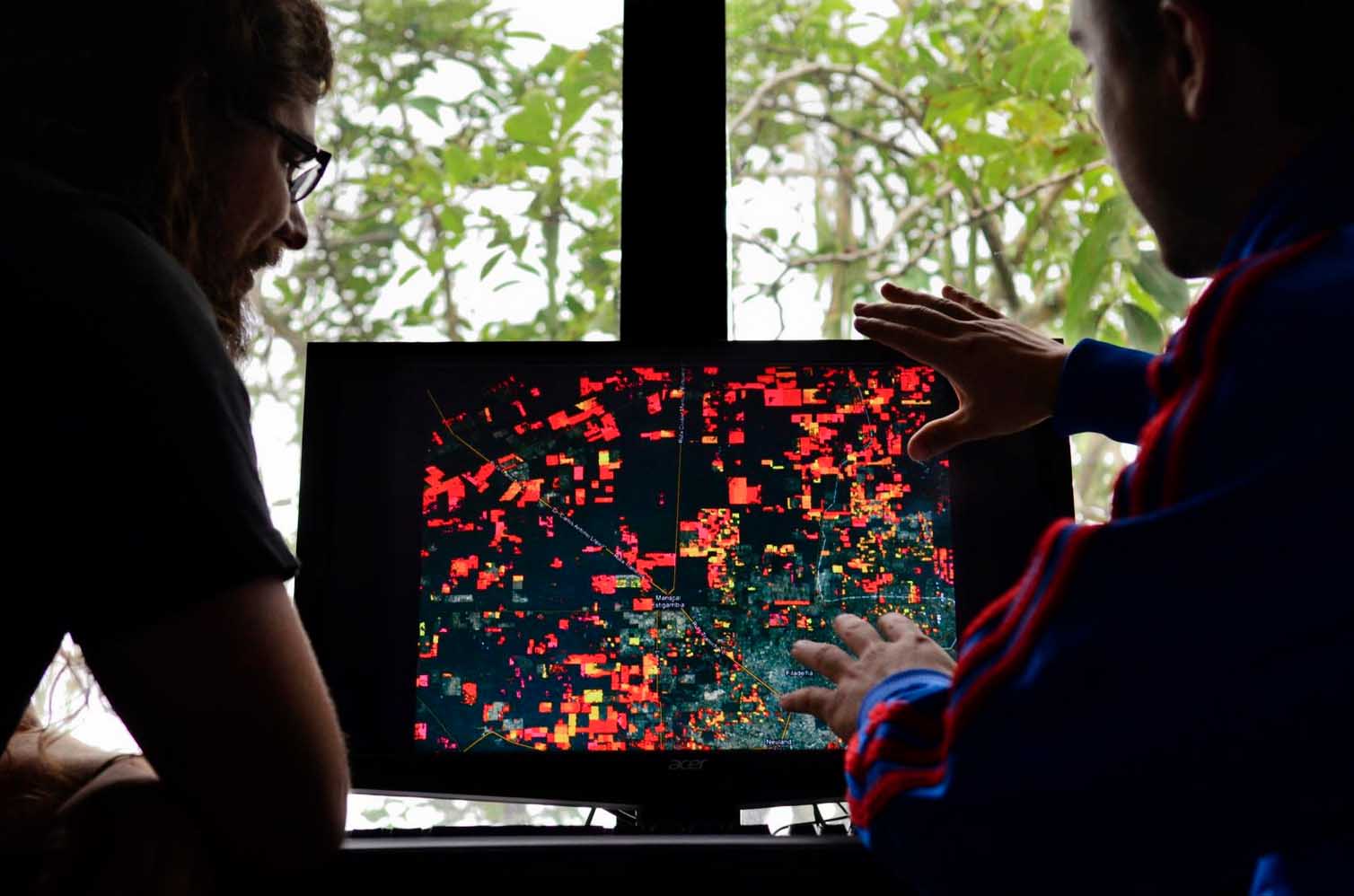
Today, machine learning algorithms are being used to crunch massive amounts of information from many different sources and provide insights on everything from patient care decisions in clinical medicine to pedestrian recognition in driverless cars and managing renewable energy within a power grid. These systems are well-suited to help tackle food and nutrition problems.
That’s because there are many different forces that influence nutrition, but it can be difficult to sort out how they are coming together to cause widespread problems. These forces include changes in crop yields; climate, from weather extremes to long-term shifts; fluctuations in food prices; inflation rates; security threats and armed conflict; migration; urbanization; government policy; and disease.
There are also many different ways to measure nutrition. Nutrition measures include stunting rates, maternal health, neonatal death rates, diet diversity, and a commonly used indicator that involves measuring a child’s mid-upper arm circumference or “MUAC.” The quality and timeliness of data for each of these can vary dramatically from country to country.
Meanwhile, there are multiple organizations actively supporting a plethora of nutrition initiatives. They include the United Nations Food and Agriculture Organization (FAO), the World Health Organization (WHO), United Nations Children’s Fund (UNICEF), the World Food Program (WFP), and financing institutions, like the World Bank (WB) and the African Development Bank (AfDB).
While their interests are similar, they routinely operate in isolation from one another, employing their own complex matrixes for measuring and tracking nutrition and adopting different approaches for dealing with nutrition deficits.
This is where the power of the NEWS system could help to transform nutrition and livelihoods for millions of people. While a single system to bring together, track and process so many variables related to nutrition might seem fanciful, that is exactly what machine learning technologies are designed to handle.
Making NEWS a Major Force for Food and Nutrition Security
CIAT is currently working to develop a prototype of NEWS, which will initially analyze the nutritional status of populations in select countries in sub-Saharan Africa to find options for successful interventions.
As part of this process, CIAT will work with decision-makers in national governments across the region to track food security and nutrition data that can help improve the quality of the NEWS system, and through machine learning, better inform decision-making.
CIAT experts are looking for additional partners and alliances that can help expand NEWS to provide robust assessments of nutrition risks and interventions in West Africa, East and Central Africa, and Southern Africa. We also are looking for opportunities for collaboration with partners in the private sector, particularly partners who want to use machine learning and artificial intelligence to address fundamental challenges facing the world today.
An estimated 795 million of the world’s 7.3 billion people potentially suffer from chronic malnutrition and face the lifelong physical, cognitive and economic hardships it can cause. It’s urgent that we use every tool available to recognize the problem at its earliest stages and move quickly to deliver effective solutions.

